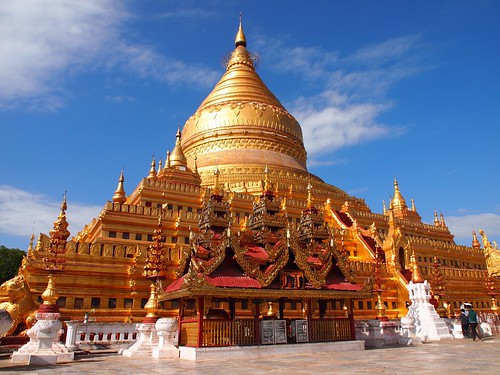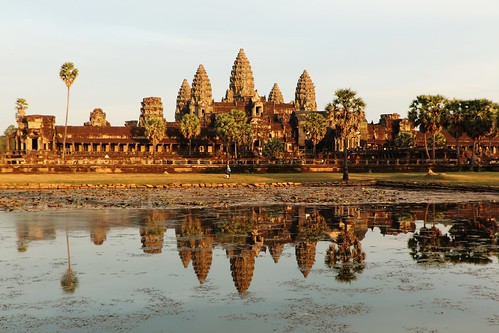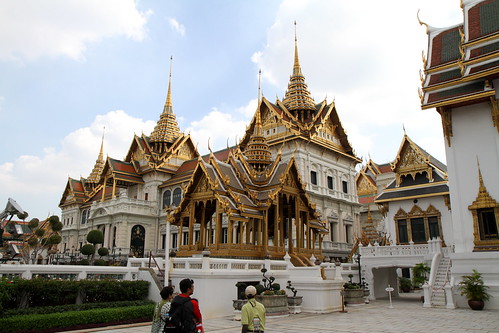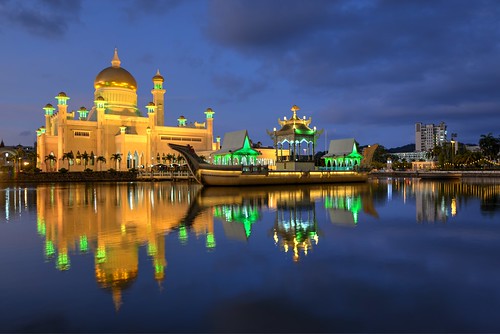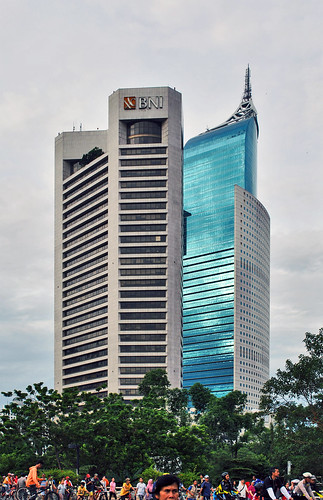Technology has changed the world - how we live, how we travel etc. And of course, how we take photographs. I started photography using film, but of course progressed to digital, and once I laid hands on a DSLR, I have never looked back. Naturally, my DSLR have been an integral part of my travels.
It was barely 2 years ago when I finally found a compact camera that I could comfortably bring for general travels in place of a DSLR. The image quality and capability of todays compacts have become pretty impressive. But all these while, I've never considered mobile phone cameras to be anything serious - until late last year. In December last year, I finally laid hands on a iPhone 6s plus.
In February, I embarked on a 3-month trip to parts of Central America (Mexico, Guatemala, Cuba & Panama), including a "transit" stop in Spain. I brought my iphone along, and my experience have completely changed my views on mobile phone photography.
Here's sharing my views and experiences on the iPhone (particularly the 6s plus) for travel photography :
1. Image Quality
First and foremost for me when choosing a camera is that the image quality must be good. And I think this is the main reason why I have not looked at mobile phone photography as I've always thought that the resultant images are not up to par. But I have under-estimated the progress of technology! Turned out the iPhone's camera is mighty impressive. In fact, since the iPhone 5, Apple has made significant improvements to its camera system. I find its images really good!
2. The best camera is one that is in your hands
Well, its a well known saying, and so darn true. Now, I am someone who tries to carry my camera with me all the time. With a casing, my compact camera can fit into my pocket (barely) and most often than not, I bring it along when I carry a pouch or a small bag. But a mobile phone? Most of us carry it all the time! So in essence, now I have access to a (good) camera almost all the time!
3. Street Photography
I discovered that a mobile phone camera is excellent for street photography. For some strange reason, when you bring up a huge SLR to your face, people tend to react to this. Bring up a mobile phone to take a photo, and well... people may not even know you are taking a photo of them! I am also pleasantly surprised with the iPhone's quick focusing system, and in my 3-month trip, I find myself taking more street photos than I normally would.
 |
| Invisible Street Photography |
4. iPhone Camera App
The default camera app in the iPhone has quite excellent features, two of which I like alot - the Time-Lapse and the Pano. I have been creating panoramic images and time-lapse videos using software on my desktop, which entails certain amount of effort and time. So I take images with my DSLR or compact, and then when I get back from my trip, I do the crunching. For long trips with gazillion photos taken, sometimes I had forgotten that I had taken a sequence of photos which was meant for making a panorama. With the iPhone camera app, creating a panoramic image and a time-lapse video is downright simple. True to Apple's style, everything is intuitive and easy. My video and pano is ready there and then! And a really good job at that!
 |
| Excellent in-camera panorama |
5. Add-on lens
For travel photography, my main "complaint" of the iPhone camera so far is its fixed lens. Nevertheless, there are add-on/clip-on lens in the market that help address this somewhat. The common add-on lens are for fisheye, wide-angle and macro. I was again, pleasantly surprised at the results, especially for the macro lens add-on. It enabled some extreme closeup photos. And these add-on lens are infinitely lighter and easier to bring around than an actual macro lens!!
 |
| A macro clip-on lens does wonders! |
6. Posting/Sharing on Social Media
I have been sharing my travel images online and in social media for some time now. I have my own website and blog, where I put up my image galleries after each trip. For on-the-fly or in-the-field sharing of images, I use Instagram. I believe that Instagram was developed as a mobile photo-sharing platform, and so I use it as such. By mobile photo-sharing, I meant that the images are either direct from a mobile device or a wifi-enabled camera, have not gone through any desktop processing, and often "in that moment". Today, many use it just as a photo-sharing tool to reach the masses, where the images are usually post-processed to perfection already. Whatever the case, for me, I have been using a wifi-enabled camera to send the images to my mobile to post to Instagram. With the excellent image quality (see point 1 above) of the iPhone, I now post to Instagram direct. And with a travel data sim card, I can now truly do mobile photo-sharing on the go.
So, as mentioned earlier, I took alot more photos from my mobile than I would have in all my past trips. It has, in fact, become my always-with-me camera. Below is a gallery of Instagram posts I have done with the iPhone 6s plus throughout the whole 3 months. Check it out and hope you enjoy the images of central america and Spain! You can also go to my Instagram gallery to see the other non-iPhone photos taken during the trip.
(You can click through the image to open another window to see full captions and hashtags etc)














